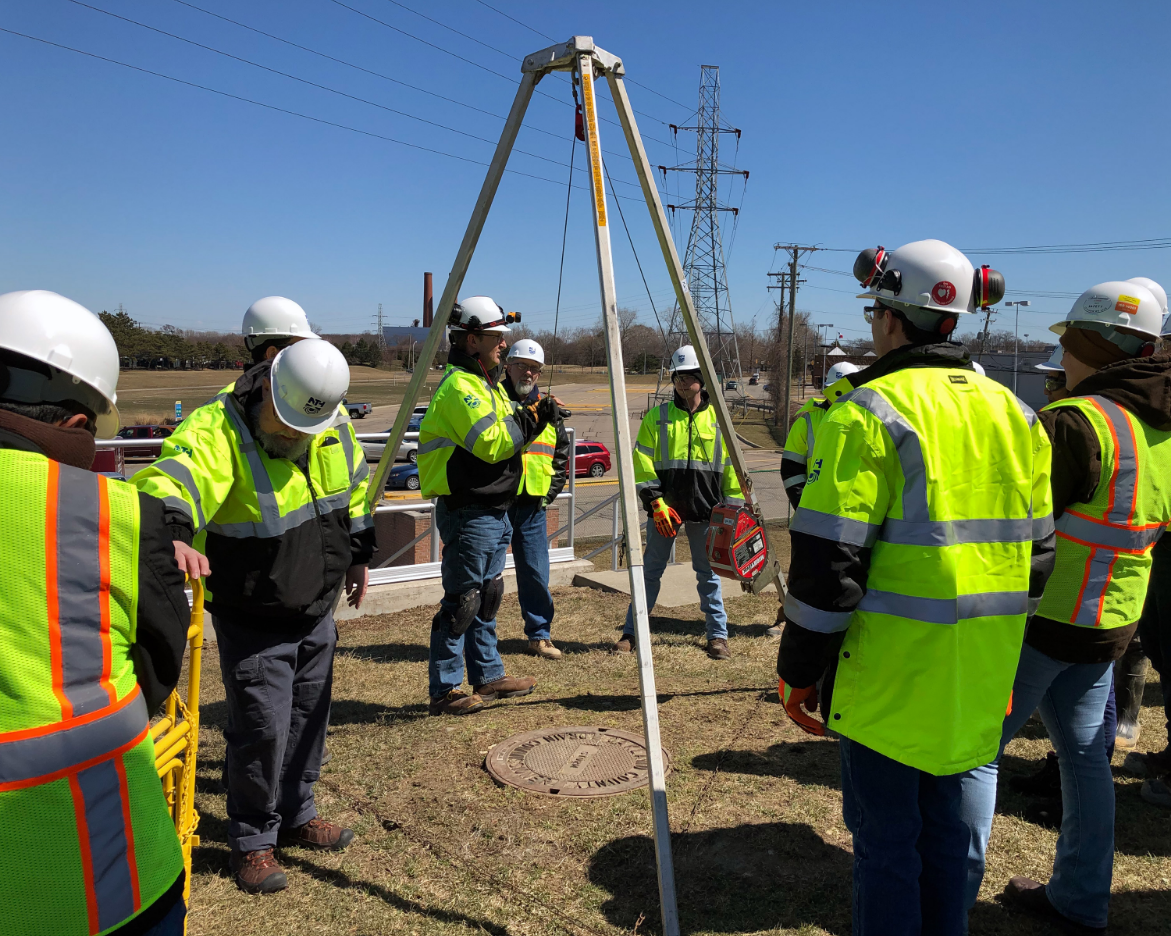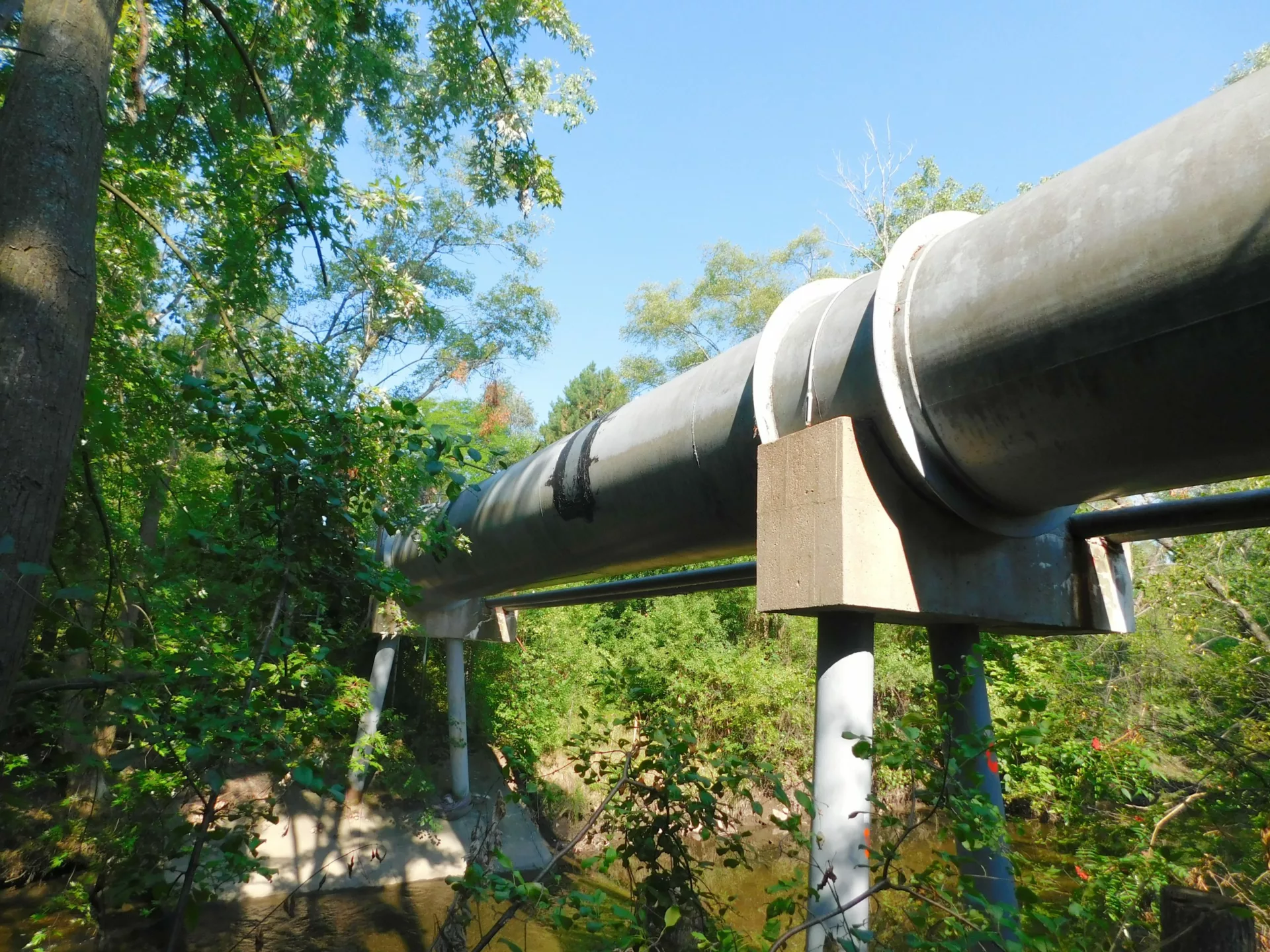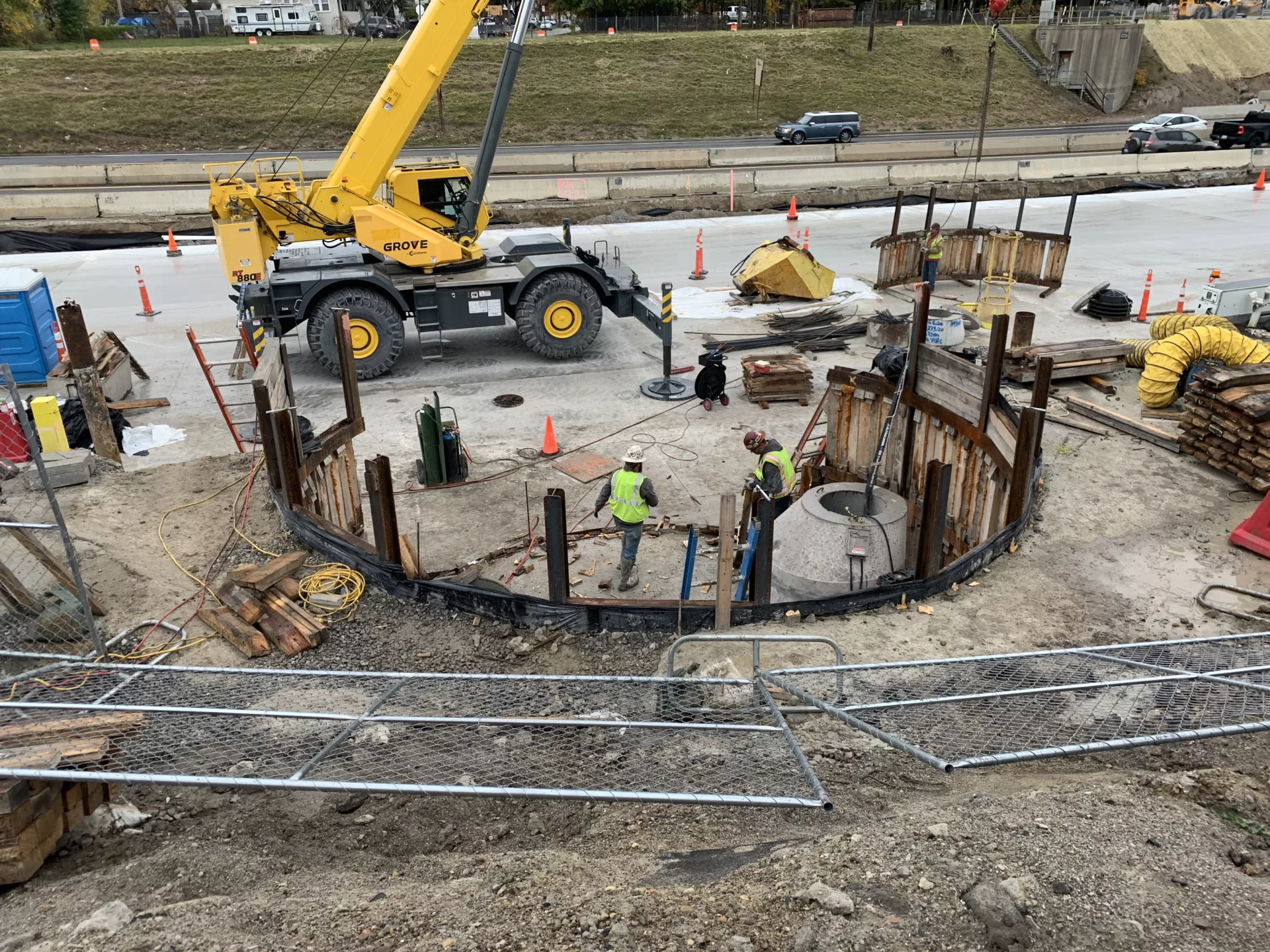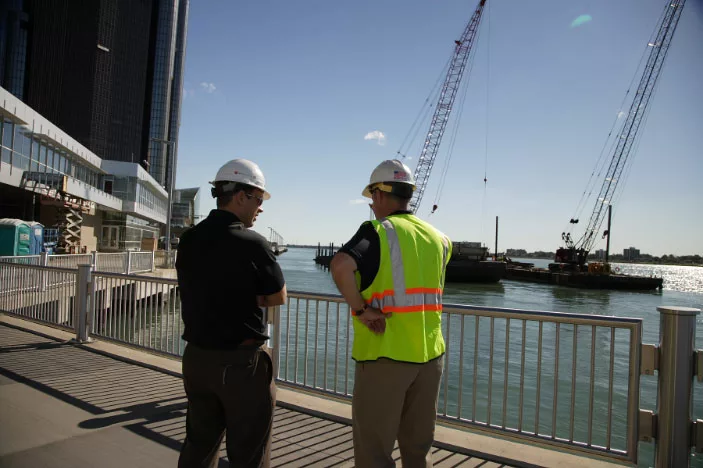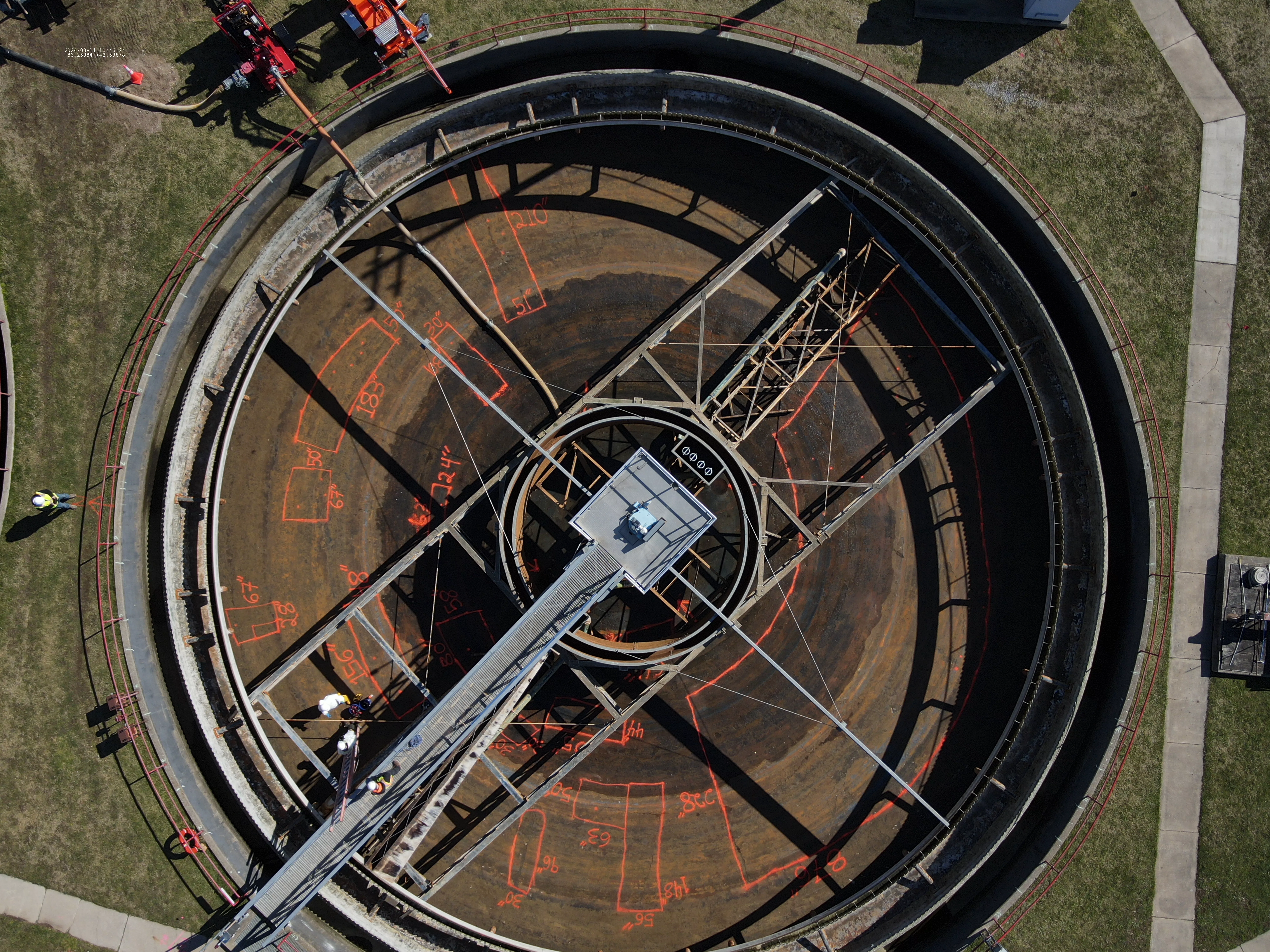
Structural Design and Rehabilitation
Innovative Solutions for New Construction and Rehabilitation
We provide comprehensive structural design and rehabilitation services that address the unique challenges of geotechnical and underground engineering projects. Our team integrates advanced technologies and proven methodologies to deliver designs that prioritize stability, durability, and cost-efficiency. Whether designing new systems or rehabilitating aging infrastructure, we focus on providing practical and innovative solutions that meet your project goals while minimizing risks.
Tailored Solutions for Complex Challenges
Our expertise extends beyond traditional design approaches. We incorporate geosynthetics into our projects for soil stabilization, erosion control, and drainage, leveraging these advanced materials to improve performance and reduce costs. Our engineers carefully evaluate site conditions and material options to ensure the most effective and durable solutions are selected.
We also specialize in geodynamic analysis, assessing dynamic soil-structure interactions to ensure stability and safety under seismic or vibratory conditions. This expertise helps mitigate risks associated with earthquakes, heavy machinery, and other dynamic forces, delivering designs that meet the most rigorous safety standards.
To optimize project outcomes, we apply a value engineering approach, evaluating alternative methods and materials to balance performance with cost efficiency. By collaborating closely with clients, we identify opportunities to enhance constructability and sustainability while achieving long-term success.
What We Design
-
Foundations
From deep foundations for high-rise structures to shallow foundations for smaller structures, we design systems that provide stability and reliability for any type of construction. Our foundation designs are tailored to the unique geotechnical conditions of each site, ensuring cost-effective solutions that deliver long-term performance and safety.
-
Tunnels and Shafts
We design tunnels and vertical shafts for various applications, including transportation, utilities, and storage, ensuring durability and efficiency in challenging subsurface conditions. Our designs address complex factors such as soil-structure interaction, groundwater management, and excavation stability to ensure successful project outcomes.
-
Shoreline Protection and Seawalls
NTH creates shoreline stabilization solutions that protect against erosion, flooding, and wave action while integrating seamlessly with the surrounding environment. Our designs consider both functionality and aesthetics, preserving natural ecosystems while delivering resilient infrastructure that withstands extreme conditions.
-
Dams
Our engineers provide innovative designs for new dams and rehabilitation strategies for aging structures, ensuring safety, functionality, and compliance with regulatory standards. We integrate hydrologic and geotechnical expertise to develop solutions that balance structural performance with environmental stewardship.
-
Dewatering Systems
We design effective dewatering systems to manage groundwater during construction, ensuring safe and dry excavation conditions while protecting adjacent properties. By leveraging advanced modeling and field data, we create systems that minimize disruptions and optimize construction efficiency.
-
Excavation Support Systems
From retaining walls to braced excavations, we create temporary and permanent systems to safely support earth and adjacent structures during construction. Our excavation support designs account for site-specific conditions, including soil type, water pressure, and load demands, to ensure stability throughout the construction process.
Projects
View All

We love to exchange insights that contribute toward improving our nation’s infrastructure and environment.
Learn More